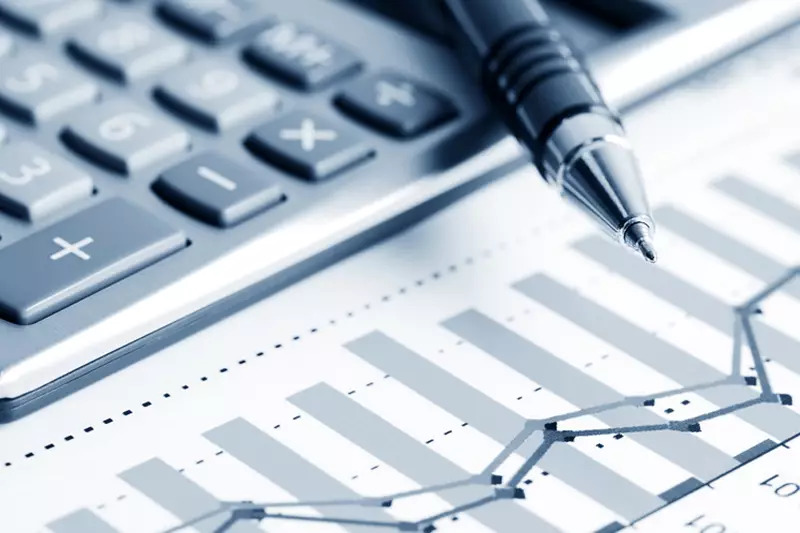In recent weeks, the U.S. dollar has displayed remarkable resilience, positioning itself for significant gains not observed for over a month. This uptick can be attributed to a myriad of interlinked factors, chiefly among them the evolving outlook on interest rates within the United States and the anticipated impact of President-elect Donald Trump’s policy proposals on the economy. The atmosphere surrounding the financial markets reflects a strategic recalibration, where traders and investors are weighing the potential inflationary consequences of proposed fiscal policies.
Interest Rate Dynamics and Fed Insights
Federal Reserve Chairman Jerome Powell’s recent comments have instigated a seismic shift in market expectations regarding interest rates. Invoking a cautiously optimistic tone, Powell indicated that there was no immediate necessity for the Fed to lower rates. Such statements have compelled market participants to reconsider their earlier, more aggressive forecasts relating to imminent rate cuts, particularly in light of the inflationary pressures expected from potential tariffs and tax reductions embedded in Trump’s agenda. This nuanced stance reflects not just the Fed’s ongoing analysis but also a broader consideration of macroeconomic health and consumer trends.
As economic indicators emerge, the Commerce Department’s report revealing a modest rise in U.S. retail sales for October provides another layer of context. While the data exceeded analyst expectations, it also signaled a deceleration in consumer expenditure momentum, which may influence monetary policy discussions at the upcoming Federal Reserve meetings.
The dollar’s appreciation against key currencies, including the Japanese yen and the euro, highlights a reorientation of global trading sentiments. The greenback briefly surpassed the 156 yen mark, signaling investor confidence in the U.S. economy’s resilience amid turbulent global dynamics. However, it is pertinent to note that the dollar’s gains were not uniformly experienced across all currencies. For instance, the euro has faced sustained weakness, registering declines propelled by fears of economic sluggishness in the eurozone, coupled with uncertainty surrounding the direction of European Central Bank policies.
Analysts like Thierry Albert Wizman underscore the intricate relationship between Fed commentary and currency valuations, suggesting that investor skepticism may linger regarding the broader implications of Trump’s impending policies. The ongoing turbulence surrounding U.S. cabinet appointments may exacerbate uncertainties, potentially undermining the bullish sentiment previously attributed to the “Trump trade.”
Across the Atlantic, the British pound is experiencing significant pressure, poised for its steepest weekly decline since January 2023. This phenomenon is primarily driven by disheartening economic data reflecting an unexpected contraction in Britain’s economy for September. As growth projections fade, the pound trades lower, indicating market disquiet over the UK’s economic trajectory. With the dollar index hovering around a one-year high, the implications for international trade and cross-border economic relations could be profound.
The Cryptocurrency Landscape
While traditional currency markets exhibit heightened volatility, the cryptocurrency sector also remains an area of vibrant activity. Bitcoin, despite recent profitability, has shown signs of profit-taking amongst investors, reflecting ongoing sentiment shifts. The digital asset’s fluctuating price, nearing $90,000, indicates both the speculative fervor and market maturation that characterize the cryptocurrency landscape—a space that increasingly calls for careful navigation amidst rising regulatory scrutiny and market volatility.
The dynamics shaping the dollar and broader financial markets are anything but linear. Investor sentiment, underpinned by central bank policies and macroeconomic indicators, will continue to evolve as new data emerges. The current environment demands acute awareness of both domestic and international economic trends, with currency values likely reflecting the intricate dance of inflation expectations, fiscal policy implications, and geopolitical uncertainties. As traders brace for an unpredictable future, understanding these interconnections will prove essential in crafting informed, strategic responses to an ever-changing financial landscape.

